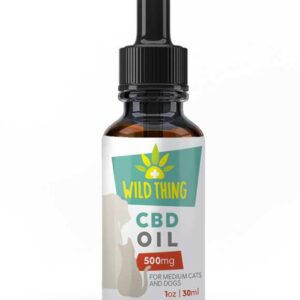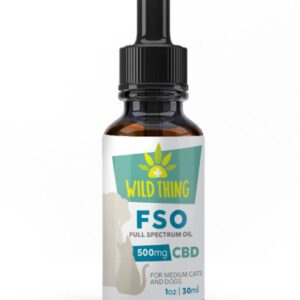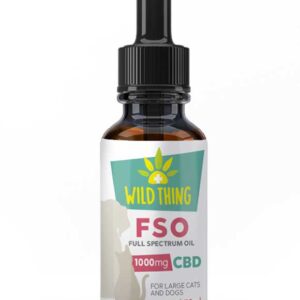For us, having a sore shoulder or joint is not a “rush to the hospital” type of ailment. If we have a sore shoulder, we can do a few stretches, take some muscle relaxant or pain medication and be right as rain in a few hours. We also have the luxury of being able to voice our concerns ourselves or drive to the clinic when we think something may be more serious. For a dog, that’s not the case. We need to remain vigilant in keeping up with our veterinarian visits and looking for any signs that our pets may be suffering from some type of pain or discomfort. This article will explore the definition and causes of Osteochondritis Dissecans (OCD) in dogs, it’s symptoms, treatment and how CBD oil for dogs can help maintain the disease so that they can live as comfortable of a life as possible.
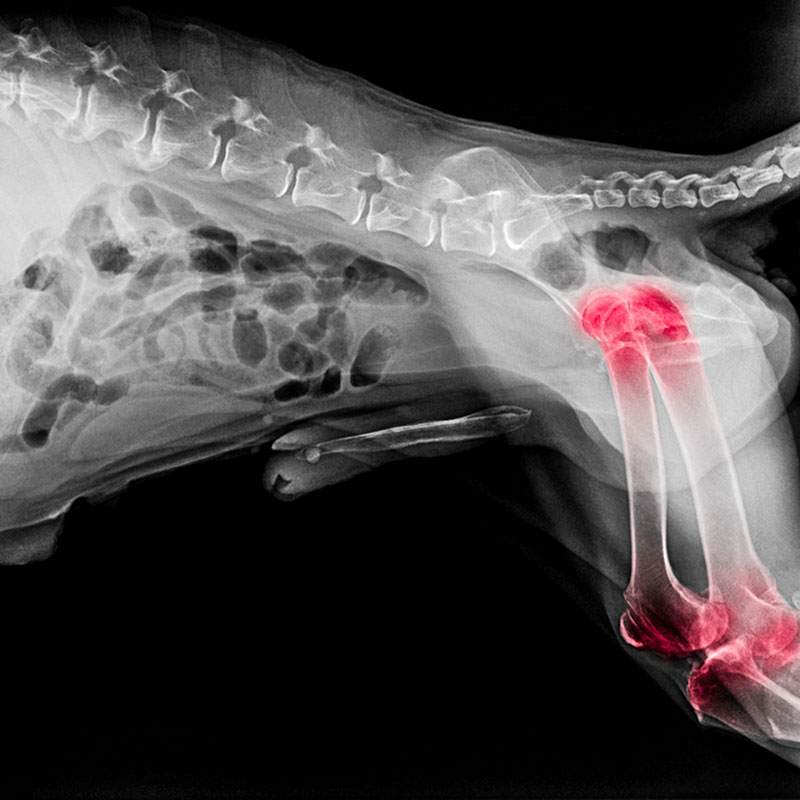
What is Osteochondritis Dissecans (OCD) in Dogs?

Osteochondritis Dissecans is a degenerative disease that affects most dogs, with an exception of a few breeds and sizes that we will explore later in the article. OCD does not appear to have an origin that vets can agree on. It is caused when excess cartilage cells fail to attach themselves to the animal’s bones. Mostly, in the shoulder and elbow joints. The excess cartilage can be attributed to either the dog growing too rapidly, that the cartilage is unable to form or attach properly to the affected joint. This causes damage to the blood supply of the flap and leads to pain for your pup. The reason being that there is an overly large amount of cartilage, in certain regions of the joint, that are not built to retain the level of stress that the bone can.
How Is OCD in Dogs Diagnosed?
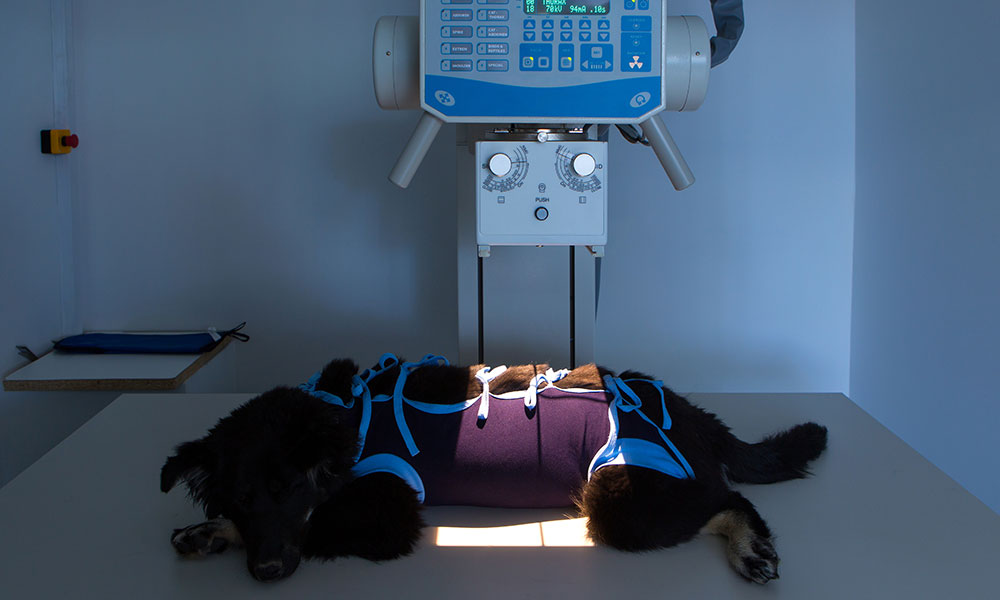
Unlike most ailments that are brought into a vets office for diagnosis, Osteochondritis Dissecans is easy to diagnose, but difficult to determine the cause. In most cases, the disease is simply unknown in it’s point of origin. Some veterinarians believe it’s a hereditary disease that’s passed down from their parents while others simply believe it’s a random occurrence that happens during the adolescent years, during rapid growth. While the source of origin may still be up for debate, the way to diagnose it is unanimously accepted.
If you fear that there is something wrong with your dog, or that they are in pain, immediately schedule a veterinarian visit. Once you have, the vet will examine your dog using several X-Rays to determine a diagnosis. If the x-rays come back clean, meaning no visible signs of OCD, your vet can quickly rule it out and determine another issue. If the scan shows signs of lesions or abnormalities around the joints there is a good chance that OCD may be the culprit. Radiography imaging is the best source for diagnosing OCD and will likely obtain results quickly.
X-rays are the main way to determine if your pet is suffering from Osteochondritis Dissecans, but other tests may be used to cement the findings. A veterinarian will also need you to provide to them their entire medical history, a list of symptoms you noticed before making the appointment, information regarding the parentage of your dog and a complete blood profile. Once all the information is compiled, the veterinarian will be able to make an informed diagnosis on what is affecting your dog.
Osteochondritis Dissecans & Dog Breeds
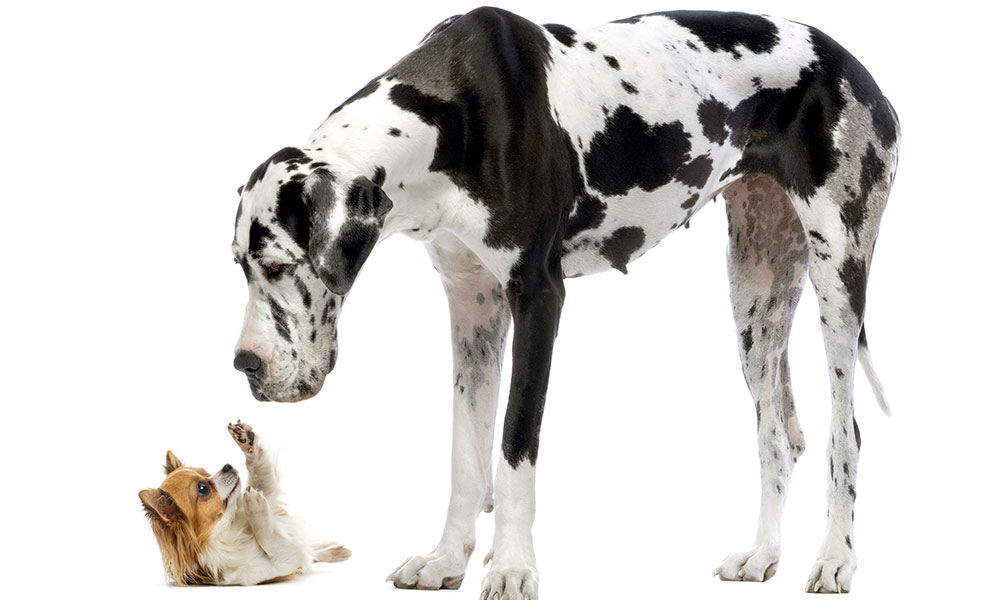
While this particular ailment runs the risk of affecting all dogs, there are a few breeds that could make your dog a higher risk of developing Osteochondritis. While it can affect all breeds and sizes of dogs, there is a group that is at a higher risk than others. Larger breeds of dogs like Great Danes, Labrador Retrievers, Newfoundlands, Bernese Mountain Dogs, English Settlers, Old English Sheepdogs and Rottweilers run a higher risk of OCD than others. The reason being that larger dogs tend to develop faster and on a larger scale than their pocket sized counterparts. Especially in male dogs. This is due to the rapid growth that occurs around the 6 to 9 month mark.
Symptoms
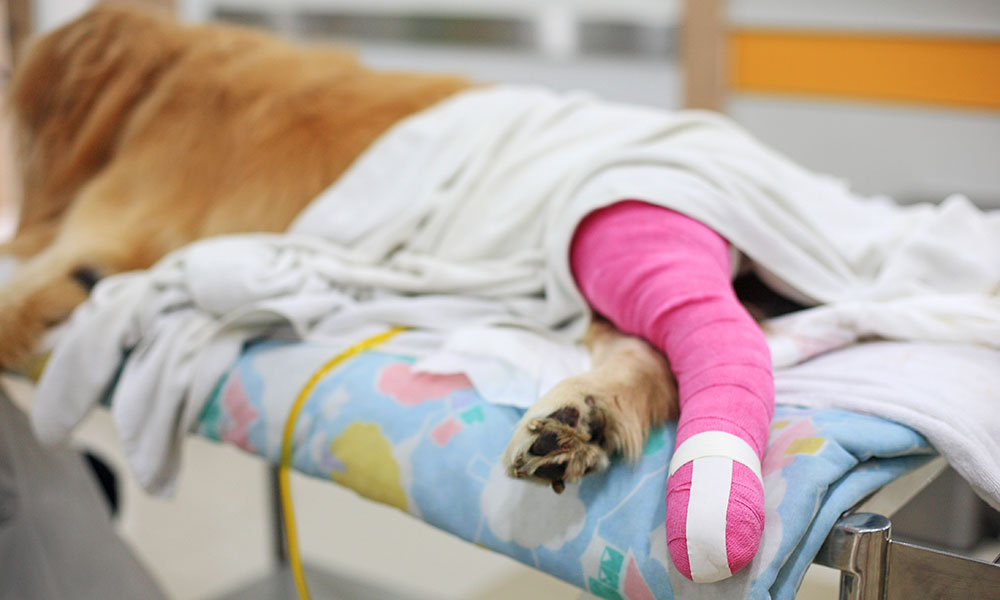
Knowing about a disease and which breed it affects is great, but won’t get you very far when you aren’t aware of what to be on the lookout for. Complete awareness of your dogs moods and actions will help with making the decision on whether or not a veterinarian visit needs to be scheduled.
The most common symptom of OCD is a lameness in the legs. Especially after exercise. Lameness in the legs is when a dog, or pet, takes up an odd stance to avoid putting pressure on a specific limb, or forfeits using them entirely. In hind legs, it usually presents itself by them dragging the affected limb instead of putting pressure on it. The front legs may take on more of a limp, but the key indicator is the dog’s refusal to use a certain limb. CBD Oil and anti-inflammatory treats or tinctures can aid in reducing the pain and swelling around the joint. CBD should not be used as the only treatment however and you should always take the advice of your veterinarian.
Another sign that your dog may be suffering from OCD is noticeable swelling or redness around the joints. While more difficult to spot, any indicator that your pet is in pain should be followed up by an immediate vet visit. Swelling, pain, redness and discomfort can assist in alleviating the symptoms of Osteochondritis Dissecans, but will not cure it. CBD is simply an added benefit and all natural substitute for harsher, chemical based pain medication. For more information on how CBD interacts with the body and your pet’s endocannabinoid system, check out our other helpful articles on CBD.
Osteochondritis Dissecans Natural Treatments
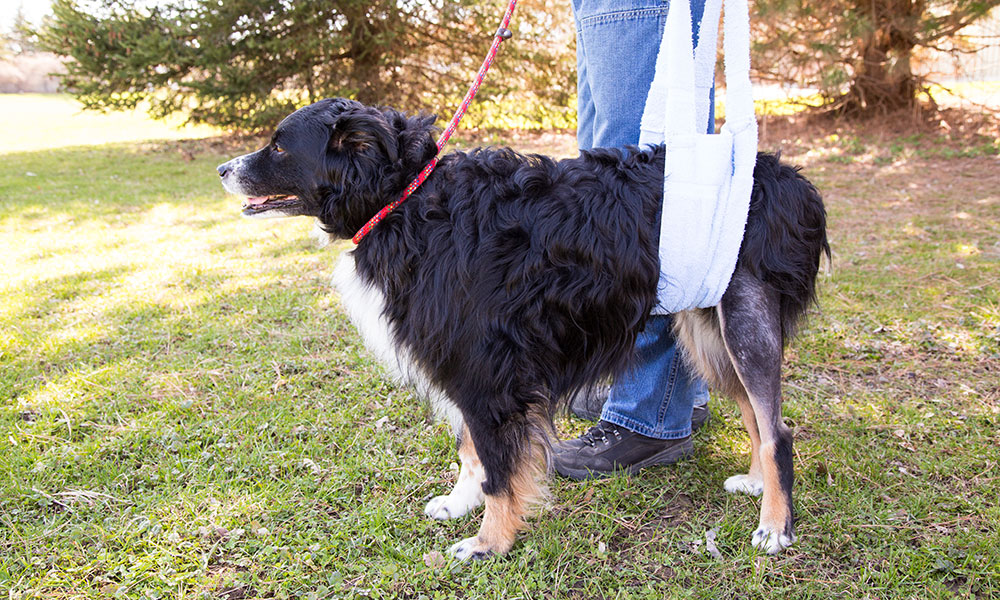
Today, there are some medications on the market that can be prescribed to limit the damage to your dog’s cartilage and even reduce the degeneration itself. While this is a viable option for pain management, it is only temporary. Pain management, minimal exercise and physiotherapy exercises can aid in reducing the pain that is caused by CBD, but surgery is likely the best treatment for this particular ailment.
The surgical procedure for CBD is relatively simple and will leave you without your family friend for a day or two at maximum. The procedure is done using arthroscopy or arthrotomy techniques. These techniques are done by making a small incision near the joint and removing the excess cartilage. Some procedures can be done by simply using a tool to grab the loose or broken cartilage and removing it manually. In more developed cases, chiselling the cartilage from the bone may be required, to remove all the affected area and prevent future problems.
In the few days following your dog’s OCD surgery, your vet will provide you with the necessary pain medication and anti-inflammatory aids needed to make the healing process as manageable as possible or your pet. If the pain persists and you don’t wish to cause any damage to your pet with prolonged use of medication, introducing your dog to CBD oils and calming treats can be another way to reduce pain without putting their bodies at further risk. Using CBD oil for OCD is an all natural alternative and contains natural anti-inflammatory agents, to reduce swelling, and can help minimize pain as well.
Conclusion

Just like us, our pets joints and bones can deteriorate over time. With the expectation of hereditary disease or injury, this deterioration can be managed by ensuring your dog is living an active, healthy lifestyle. What you put into your dog’s body greatly dictates what they are able to put out. But even the healthiest dog can suffer from ailments or disease. Some problems are out of our hands and may require special attention or surgeries to correct. As a responsible pet owner, it is of the utmost importance that you always monitor the attitude and actions of your pet. In this case, their actions speak louder than words (or barks) and we need to take notice of when something seems off. By incorporating a healthy diet, exercise, awareness of their quality of life and regular veterinarian visits, you will be ensuring the health and happiness of your pet as well as providing them with a long life to play and sit by your side.
Introducing CBD oil for dogs with OCD in their shoulder or joints is an option worth exploring when considering the healing process of your pet. By following the proper CBD oil dosage for treating OCD you will be able to reduce any further irritation to your pup and give them a natural healing alternative.
FAQ’s
How is osteochondritis dissecans treated in dogs?
Rest, relaxation and isolating the injured area with a cast or cover is important to treating osteochondritis dissecans in dogs. When appropriate, exercise and stretches can also help to alleviate the long-term osteochondritis dissecans symptoms in your dog, as consistent activity will contribute to strengthening your canine’s muscles & joints.
How much does OCD surgery cost for a dog?
if you decide to go the route of surgery for OCD in your dog, it is best to consult with your veterinarian about the costs, recovery time and long-term implications.
What is the treatment for osteochondritis dissecans?
Treatments for osteochondritis dissecans in dogs can range from surgery, muscle & joint supplements to holistic methods. Some pet owners prefer osteochondritis dissecans natural treatments for their canine, such as CBD, MSM, Glucosamine or other muscle & joint treatments, but surgery or physical therapy can also help.
How long does osteochondritis dissecans take to heal?
As osteochondritis dissecans in dogs occurs most commonly in ankle, knee and elbow joints, the recovery time can take several months due to the difficulty of resting these areas of the body. 3-6 months is average, but if OCD surgery in dogs is necessary or if you have an older canine, the recovery period can take longer.
Does osteochondritis dissecans require surgery?
OCD surgery in dogs is sometimes necessary, but that is always up to your veterinarian(s) to consult with you.
Is osteochondritis dissecans rare?
Osteochondritis dissecans in dogs is not overly common, so it can be considered more rare. However, with cross-breeding and so much genetic hybridization, it is becoming more common as more dogs & breeds come about.
What is OCD surgery?
Surgery for osteochondritis in dogs will depend on your dog’s condition, but typically the procedure will involve implanting bone/cartilage material where the OCD lesions occur.
How do you test for osteochondritis dissecans?
In order to test for osteochondritis dissecans in dogs a simple way to determine if your dog is suffering from osteochondritis dissecans dog symptoms is to conduct the bend test. To do so, bend their ankles, knees or elbows – if they are suffering from OCD, they will exhibit pain well before their joints are fully rotated/extended.
Is osteochondritis dissecans in dogs genetic?
Dog osteochondritis dissecans can be genetically passed down, but the most commonly understood causes have to do with your canine’s activity levels and nutrition. Too much high-energy foods which can lead your dog to be over-active, or diets that are overly rich in calcium can contribute to developing OCD in dogs.


